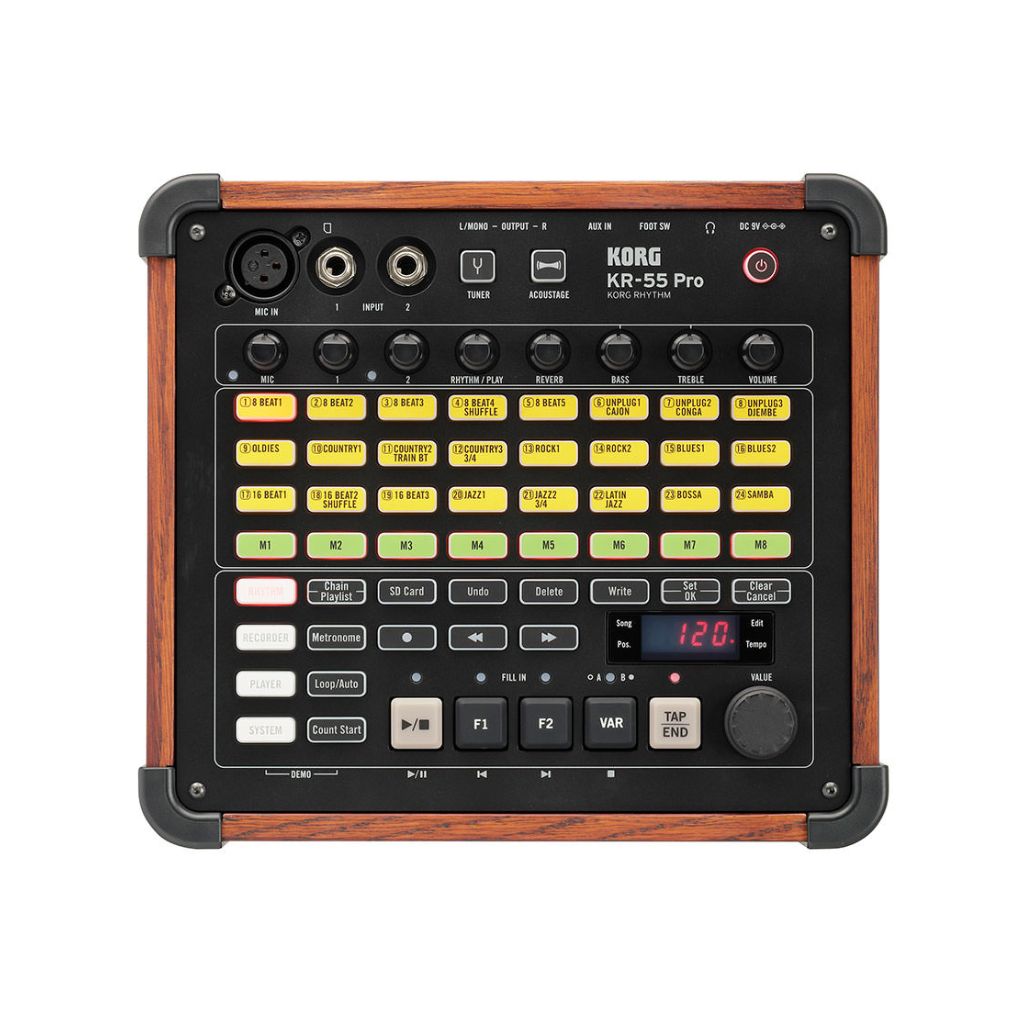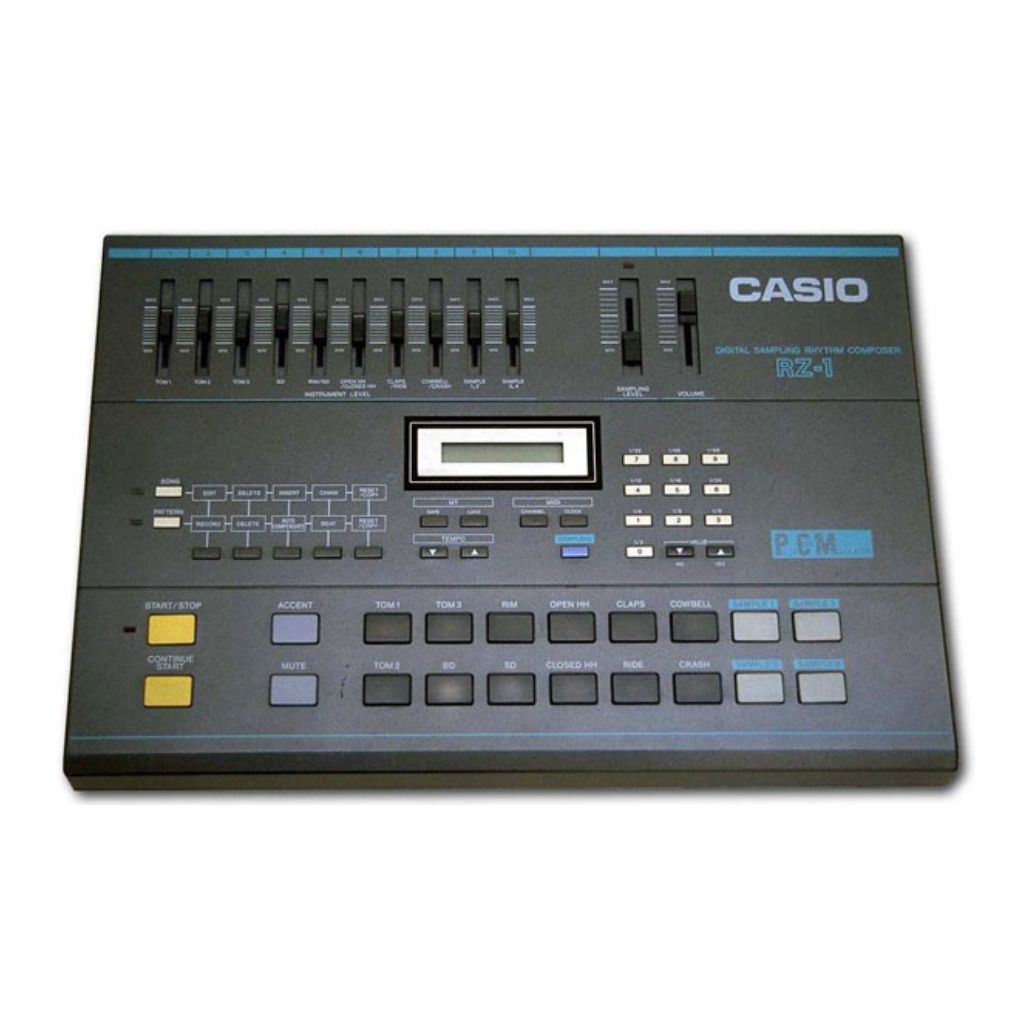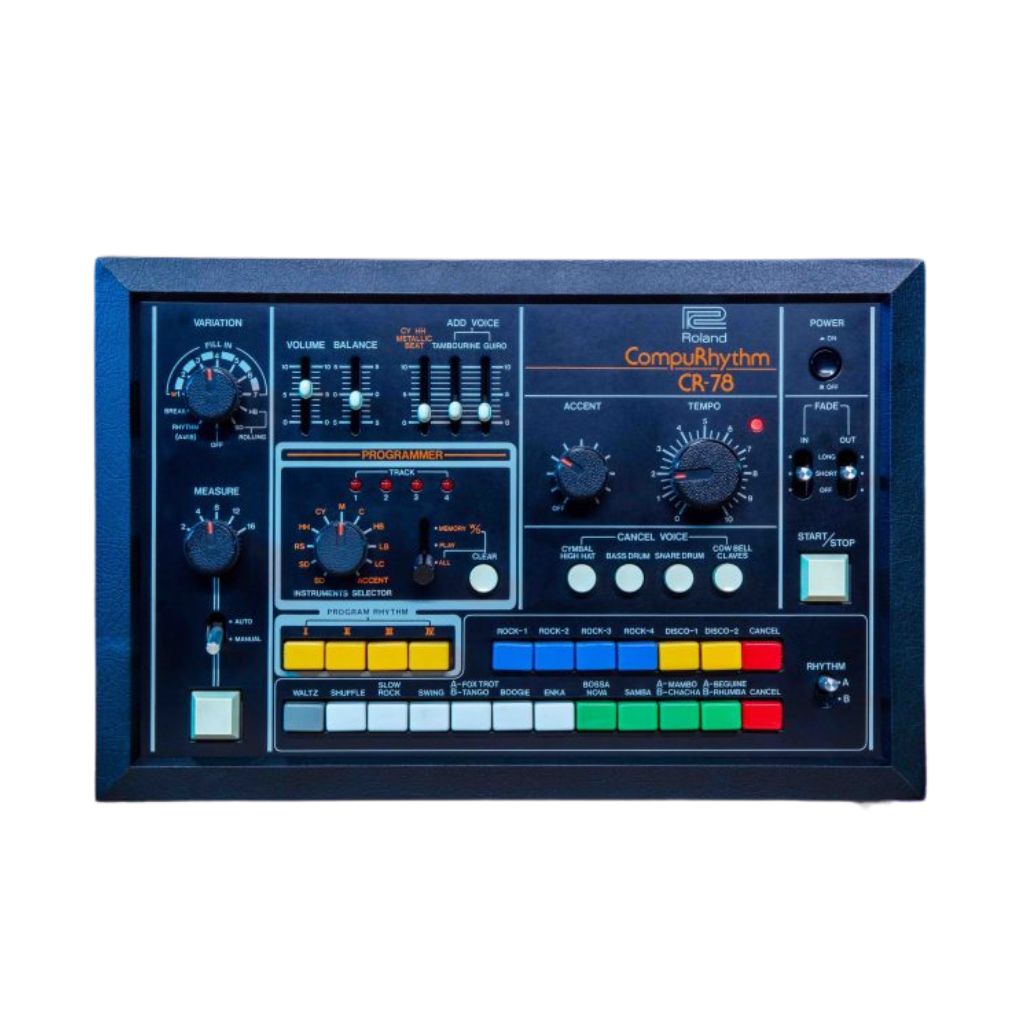Beginner’s Guide: Buying your first vintage drum machine second-hand
If the time has come to add a classic beat box to your studio arsenal, here’s everything you need to know
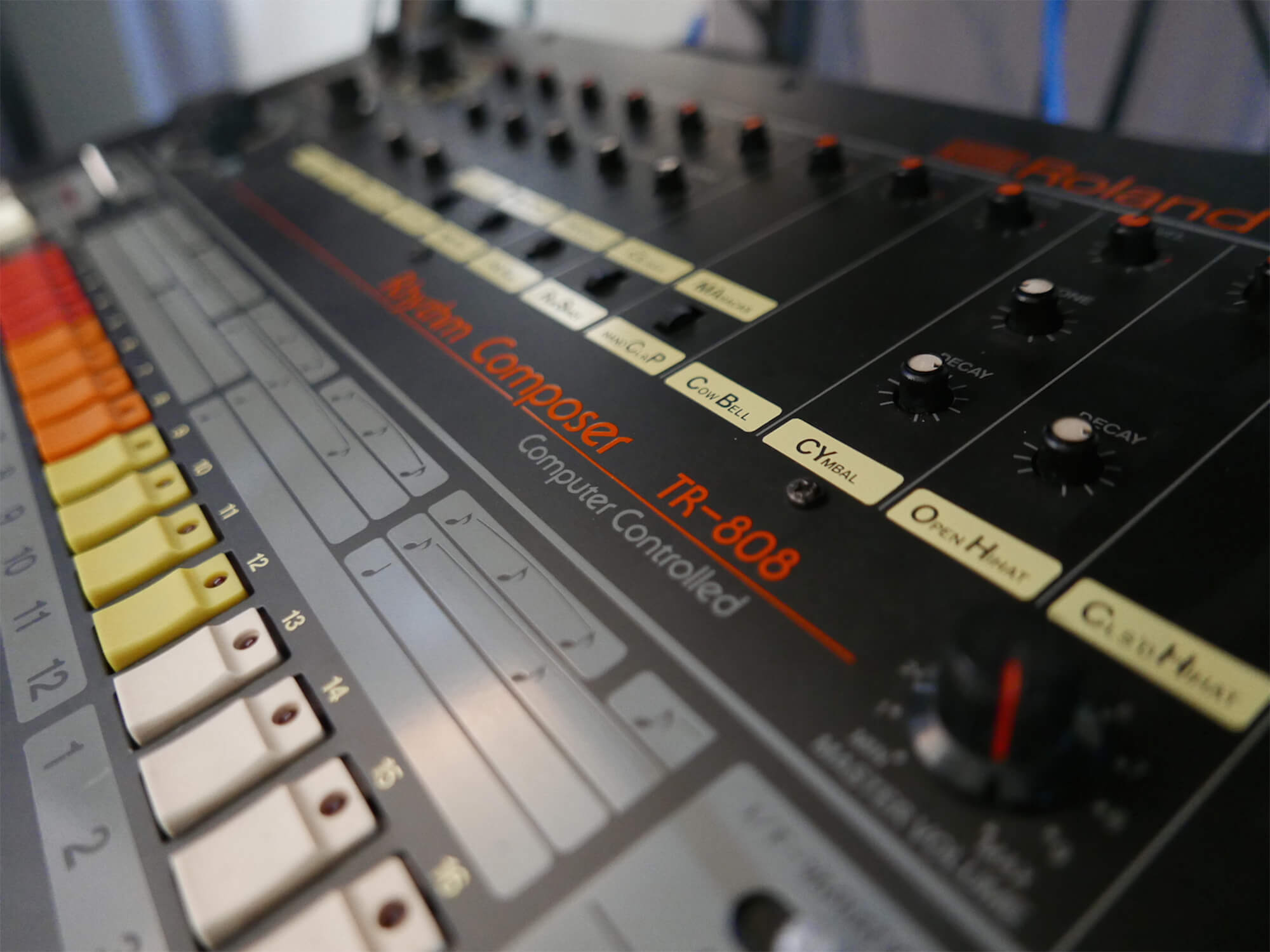
Featured in this article
There’s little in life better than banging out beats on a solid rhythm machine. Thanks to a renewed interest in computerless music-making and a focus on hardware in general, there are now plenty of fresh-sounding new drum machines on the market.
Yet, you still find yourself heading to Reverb and eBay to check out prices on vintage machines. If this is you, read on.
Why buy a vintage drum machine?
There’s just something about an old drum box that makes you want to bang out some beats. The look, the feel, the sheer and surprising size of it – it’s inspiring.
There’s also the sound. And, speaking of, many of the standard drum sounds that we all reach for nowadays came from these classics originally. Why not go back to the source instead of relying on a sample?
The sound of the components also imparts an extra layer of dusty deliciousness that includes the compression you get from summing all of the sounds through a single output as well as overall sound quality. The 808 samples in Roland’s R-8, for example, are full of life and unlike any other 808 samples. You need that.
Groove and feel
Along with the sound itself, drum machines have their own, unique quirks that contribute to the overall groove and feel. Each has a slight swing, something that modern clones often ignore. The original TR-606 has a bounce to its groove that is infectious. You won’t get that any other way than the original hardware.
Drum machines can also make useful sync and sequencing tools for a hardware-focused studio. Many older drum machines have a trigger out, which you can use to drive the arpeggiator on a synthesizer or clock in a Eurorack system. If your drum machine has MIDI, you can use the pads and sequencer to control external MIDI gear like Squarepusher working his Akai S-950 with a Boss DR-660 of all things.
Sample this
Some drum machines have sampling capabilities, which can add an element of uniqueness to your percussion tracks. There are sampling drum machines like the Akai MPC One+, for example, but other drum machines may also offer limited sampling, like Korg’s DDD-1 or the Casio RZ-1.
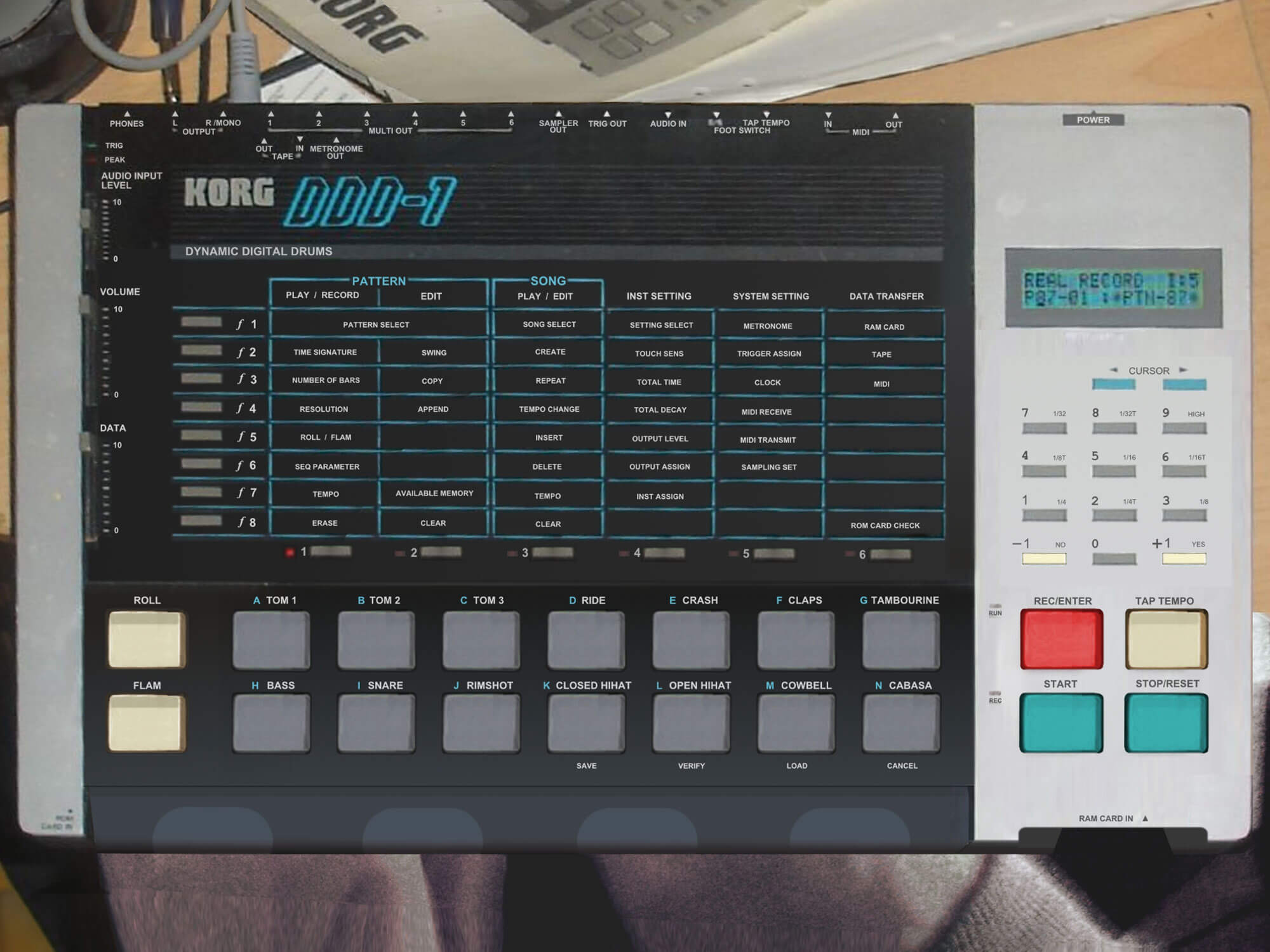
Finally, vintage drum machines (like vintage synthesizers) tend to hold their resale value. Even if you don’t fall in love with a unit like you thought you would, you could always sell it to someone else and likely get your money back.
Expanding the possibilities
Another benefit of vintage drum machines is they often come with multiple outputs. Being able to record each percussion sound separately gives you a lot more control over a mix than capturing everything at once. However, not every unit will have this option. Thankfully, it’s possible to modify existing units to add this functionality. It will change the appearance but it will also make recording the drum machine a lot more convenient.
Modifications to change the sound are also available. These are especially popular with sample-based drum machines. New knobs and switches allow you to drastically adjust the playback speed, clock speed and even add distortion.
Syncing a vintage drum machine to other hardware or your DAW
How will your vintage drum machine sync to your computer and other hardware? Models made after around 1983 will have five-pin DIN MIDI, which means you can connect it to a modern MIDI interface (or MIDI-equipped audio interface).
If the box you have your eye on came out before the dawn of MIDI, you may have to get creative. Some have what’s called DIN sync, a pre-MIDI sync standard that used a similar port to MIDI. Not every company used the same clock speed though, meaning that Roland and Korg gear won’t be compatible without a sync box that can handle both 24 and 48 PPQN clock.
Adding to the confusion, plenty of drum machines have their own, proprietary sync standard. These were meant to work with other gear from the same company but not across manufacturers. (This is why MIDI was such a revolution at the time.)
Finally, go back far enough and there will be no sync at all. The earliest rhythm machines, such as the ones meant to sit on top of organs and provide rhythm accompaniment, were to be played along to, not connected to other gear. They may sound funky but they’re limited in terms of connectivity.
Your best bet is to either buy a machine with a MIDI or other sync mod already installed or else send it off to your friendly neighbourhood technician to put one in.
Possible pitfalls
It’s not all drum and games though. Vintage drum machines are just like any other old tech. They often need servicing. The tactile buttons under the pads can wear out, causing double triggers or failing altogether. Internal components can go out. The internal battery, which ensures that your patterns and songs don’t get erased when you turn off the machine, may need to be replaced. When buying a vintage drum machine, make sure that you have a clear understanding of the state of it. Also, keep in mind that things will eventually go wrong with it. That’s just part of owning old gear.
Building on that, if you’re planning to use a vintage drum machine in a live rig, you may want to consider buying multiples of the same unit and bringing along a spare in case of malfunction.
Drum machine recommendations
If you’re after a funky, 1970s sound, you can’t go wrong with a Roland CR-78. It’s packed with preset rhythms like mambo and beguine, which when played together gives you the beat for Blondie’s Heart of Glass. Spring for the optional programmer to head beyond presets. Too rich for your blood? Korg’s underrated Rhythm 55 KR-55 ploughs a similar furrow for a lot less bread. And it was good enough for Joe Jackson when he made “Steppin’ Out.”
If it’s a programmable analogue you want, there’s really nothing else to compare with the Roland TR-808. The drum machine that launched a thousand genres, it’s like owning a piece of history. History comes with a price, though, and if that price has you running scared, Boss’ little DR-110 is a fun analogue alternative.
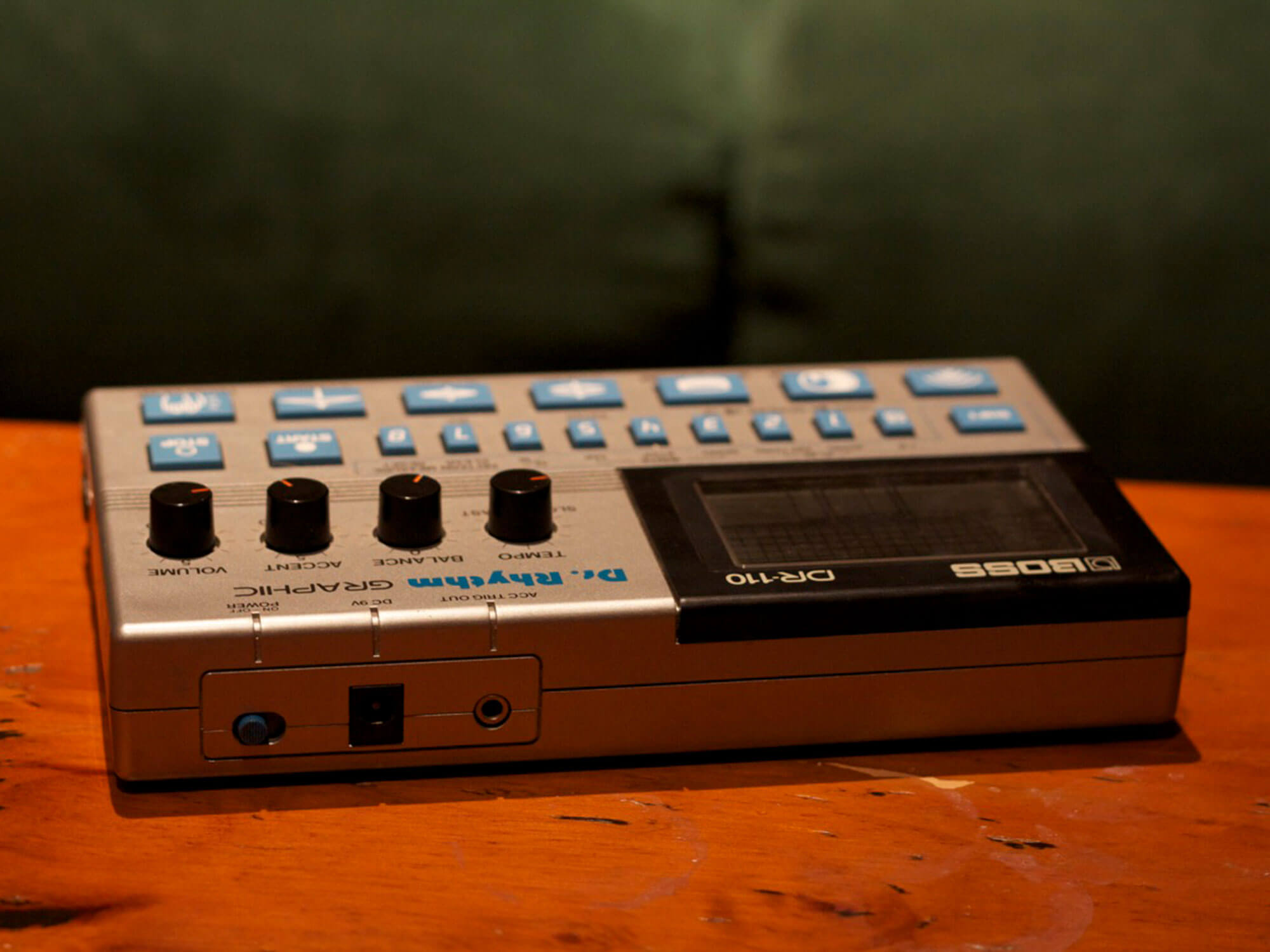
Drum machines with PCM samples ruled the music production world in the 1980s. There is plenty to recommend, from heavy hitters like the Linn Electronics LinnDrum and Oberheim DMX, to more affordable fare like Roland’s TR-707, which found favour with both rock musicians and house producers. For the budget conscious, try a Roland TR-626 or a Yamaha RX11.
Sampling drum machines revolutionised music production in the 1980s and ‘90s, affecting both hip-hop and dance music genres. Akai’s MPC range was (and still is!) the choice for many. Perfection costs though. For a more wallet-friendly alternative, try the ASR-X Pro from Ensoniq.
Moving a little forward in time, it might not seem like it but Elektron’s Machinedrum now qualifies as vintage. It came out in 2001, after all. With five different drum synthesis engines, sample playback, and effects, the Machinedrum is the one drum machine to rule them all and is perfect for more electronic genres of music. It’s also expensive. For a more budget-conscious techno machine, try one of Korg’s first-generation Electribes. The ER-1 rhythm synthesizer is particularly fun, combining sampled drum sounds with analogue modelling. Nothing else sounds quite like it.
Read more buyer’s guides via musictech.com.
